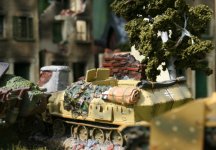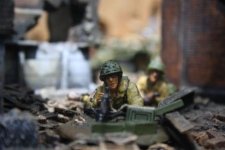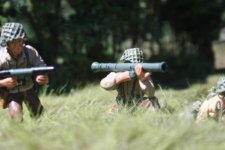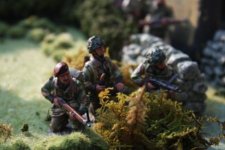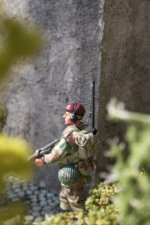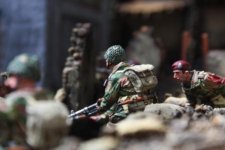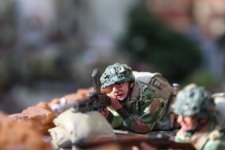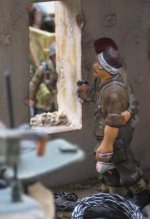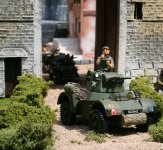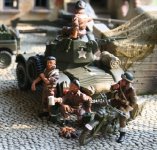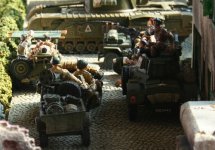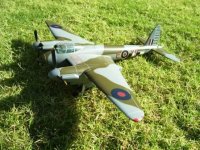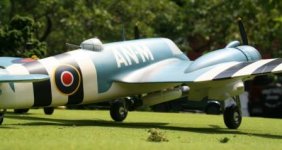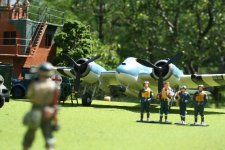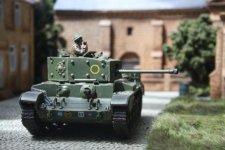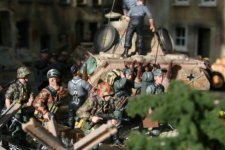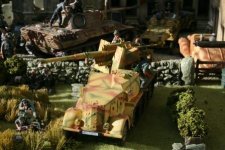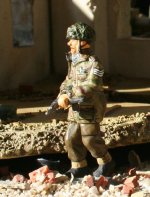http://www.assaultgliderproject.co.uk/
THE SOUTH STAFFORDS AND ASSAULT GLIDERS IN WORLD WAR TWO
A Brief Summary
Two battalions of the South Staffordshire Regiment (now part of the Staffordshire Regiment) flew to battle in gliders in WW2. The 1st Battalion fought in the Second Chindit Campaign behind Japanese lines in Burma, they were air lifted in mainly by American WACO CG4A gliders. The 2nd Battalion joined the 1st Airborne Division in 1942, and flew to battle in gliders (mainly WACO CG4A) in the Sicily landings in 1943, and to the Battle of Arnhem in 1944 (in Horsa's). In these actions, the 1st Battalion won one VC and the 2nd Battalion won two VCs.
Sicily Landings
The 2nd South Staffords were sent to North Africa in May 1943 as part of the 1st Airborne Division, to take part in the first Allied invasion of Europe, the Sicily Landings. These took place on 10th July 1943 and were preceded by dropping parachute and glider borne troops to seize and secure vital ground and bridges in advance of the seaborne landings.
This was the first major airborne assault attempted by the Allies and, perhaps inevitably, everything did not run smoothly. The weather was overcast with unexpected high winds. In their night approach to Sicily thunder and anti aircraft fire from the shore and from the landing ships confused many and led to gliders being cast off whilst still too far out to sea. Forty seven out of one hundred and thirty four gliders failed to reach land. Many were picked up by naval vessels and eventually joined the battle, but many South Staffords were drowned.
Those who made it to the land found themselves widely dispersed, many key personnel having been lost at sea. The battle was fought by-sub units and detachments. Most objectives were taken by these small groups, notably the Ponte Grande Bridge, a key point carrying the main road to Syracuse. Only two gliders from C Company (assigned to capture the Ponte Grande Bridge) actually landed near their objective and one of these (with the Company Commander on board) blew up on landing. So it fell to Lt Withers (who won an MC in this action) and 15 Platoon to take and hold the bridge for some fifteen hours with other South Staffords, part of the Brigade defence platoon, glider pilots and Royal Engineers. By 1600 hours, they were out of ammunition and over-run by the enemy but almost immediately were relieved by the seaborne Royal Scots Fusiliers before the bridge could be demolished by the enemy. The nearby railway bridge was captured by A Company and the way to Syracuse was open. This action was integral to the successful and rapid advance through Sicily.
Second Chindit Campaign
1st South Staffords were selected to join the second Chindit operation which took place between March and July 1944. This involved six groups of brigade equivalence, in effect, a division's worth of troops. 1st South Staffords operated under Brigadier Calvert in 77 Bde, landing at Broadway, establishing the famous block at White City and supporting 111 Bde in another block at Blackpool. These codewords were for features or areas which once captured and held, prevented the movement of Japanese troops and supplies to oppose the main Allied advance through Burma. Finally, combined with Chinese troops, they captured Mogaung, one of the two Allied objectives laid down at the Quebec Conference and materially assisted in the capture of the other (Myitkyina).
These victories were gained at terrible cost. 1st South Staffords air-landed with roughly 830 men and were reinforced during the campaign (March to August 1944) with about eighty more men. They lost 150 killed and more than 250 wounded, disease led to a further 180 men being evacuated. The gallantry of those who took part cannot be over estimated. Lt Cairns won a VC. He died of wounds, having continued to lead his men in a successful assault to secure White City after an arm had been completely severed, driving back the Japanese and advancing until he collapsed from loss of blood. The battalion also gained a DSO, seven MCs, three DCMs and seven MMs.
Arnhem
2nd South Staffords, which was part of 1st Airlanding Brigade under Brig Hicks, was split into two elements with B and D Companies arriving in the first lift. After securing the landing area they were ordered to move forward to the Arnhem Bridge held by 2 Para and set off with their CO, Lt Col McCardie.
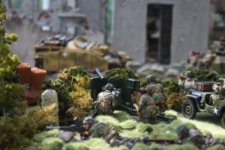
They fought their way through several ambushes before being held up by strong forces in the area of St Elizabeth's Hospital. The remainder of the battalion, arriving in the second lift, was sent on behind, having to fight through at least one of the ambushes that had held up the leading elements on the previous day. However, in spite of attempts to coordinate an advance with 11 Para, 2nd South Staffords were unable to reach the bridge and lost very heavily in the inevitable street fighting en route.
Such men as remained were withdrawn to the Oosterbeek perimeter, where two VCs were won by the South Staffords. The first was for an isolated action by L/Sgt John Baskeyfield single-handedly engaging three enemy armoured vehicles with the two six pounder anti tank guns under his command, after all his men had been killed or wounded. He stopped two tanks and damaged a third but at the cost of his own life.
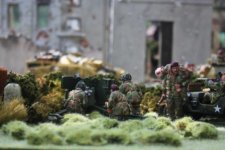
The second VC was awarded for sustained courage over several days during which Major Robert Cain repeatedly engaged enemy tanks with PIAT's (elementary anti tank weapon with a range of 50 yards) and once with a light mortar, all the while encouraging the men under his command.
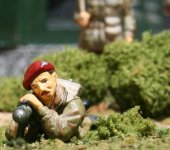
Although the battle was a failure, the heroism of the 2nd South Staffords, (the only battalion to win two VCs in a single battle in World War Two) and of course all of those who fought at Arnhem, remains an inspiration to this day.
Conclusions
As this brief description has shown, gliders were integral to the invasion of Europe and to flanking and diversionary movements in the Far East jungle. Those who flew in them performed great deeds of valour once battle was joined and their part in history is assured. The Staffordshire Regiment is enormously proud of its predecessor battalions, the 1st and 2nd South Staffords, and of their gallant and important role in this short-lived but significant phase in the art of war.

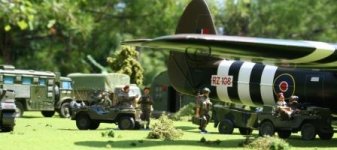
Visit:
The Museum of the Staffordshire Regiment
Whittington Barracks
Lichfield
tel: 01543 434390
curator@staffordshireregimentmuseum.com



